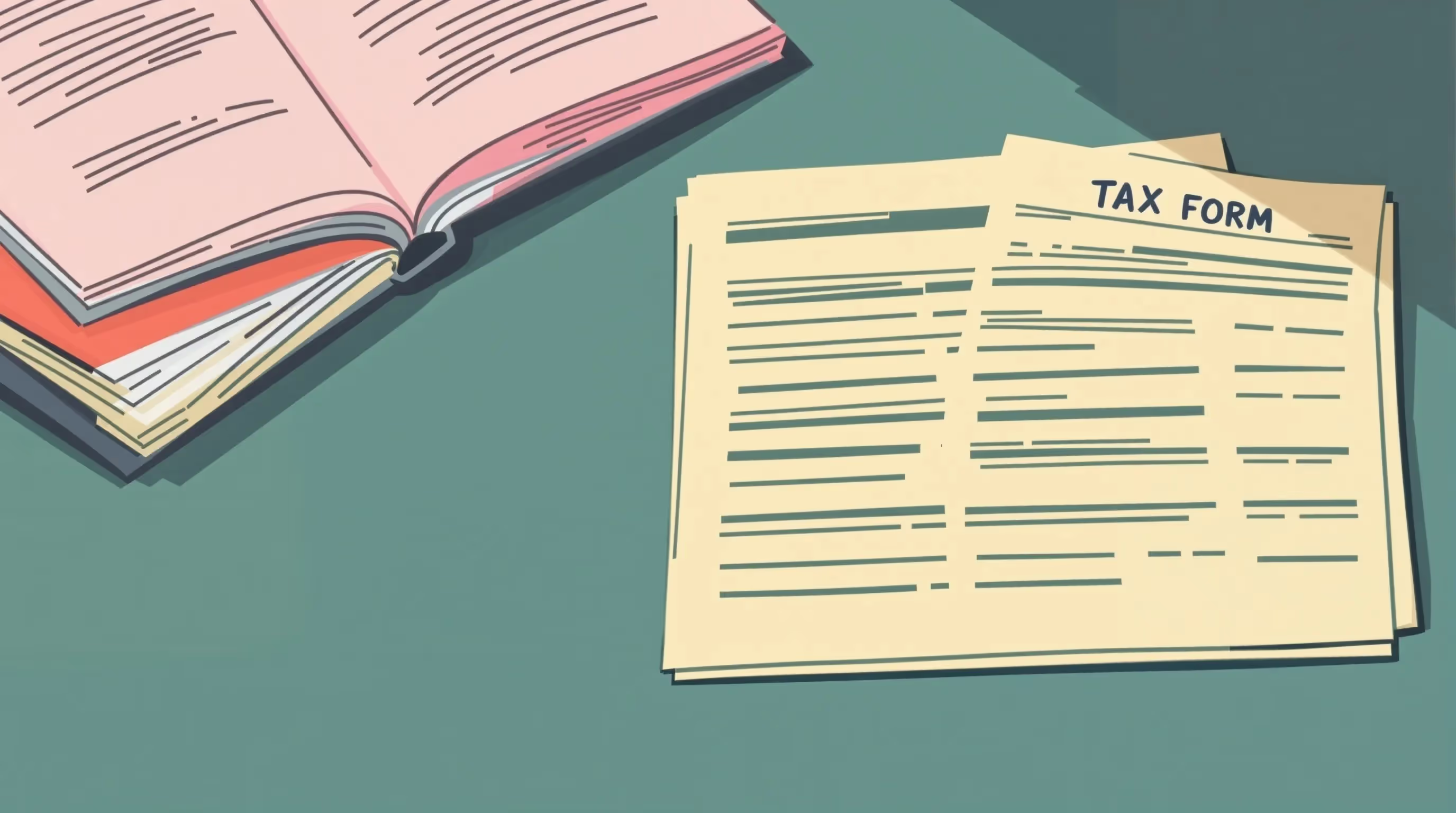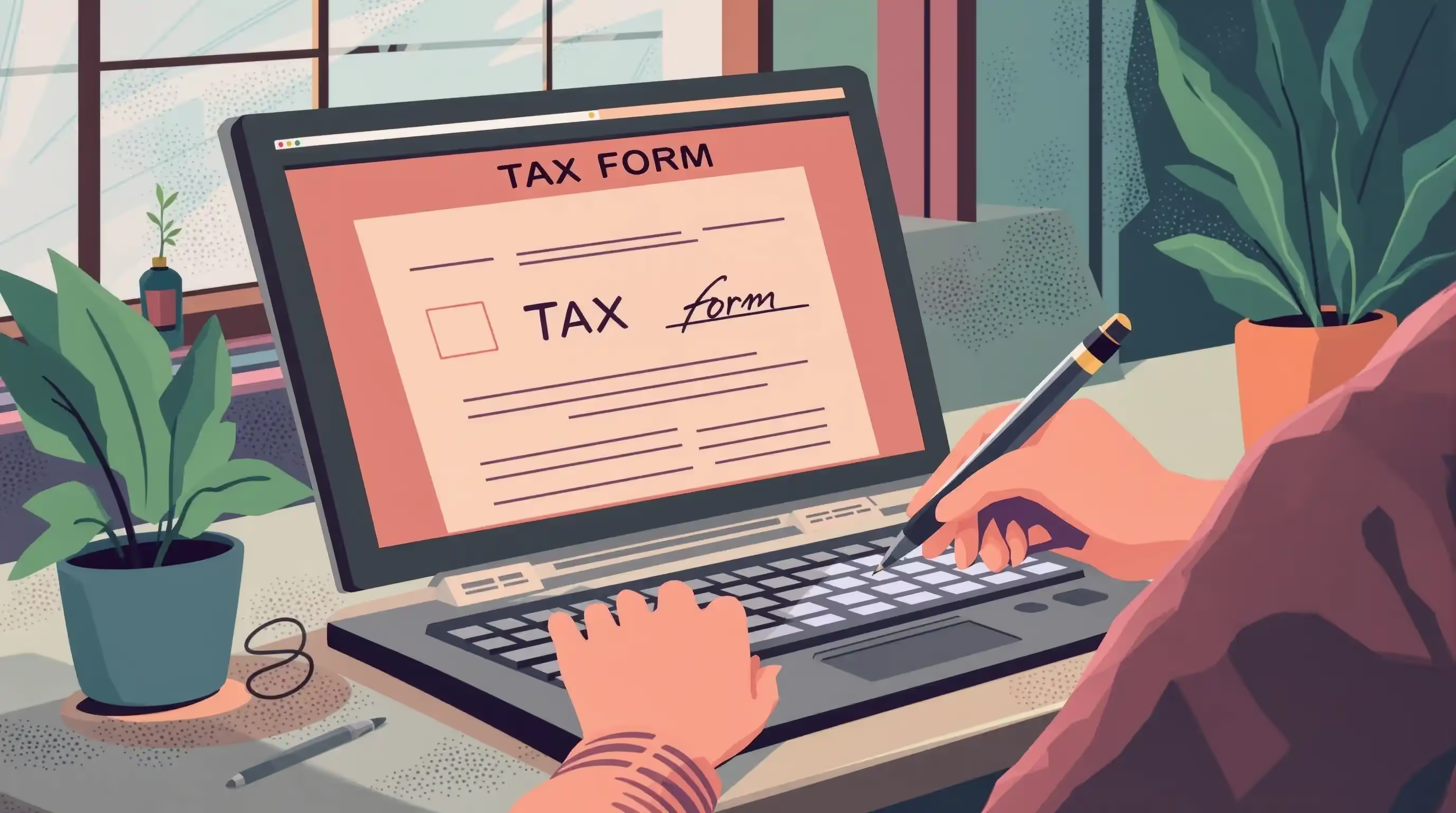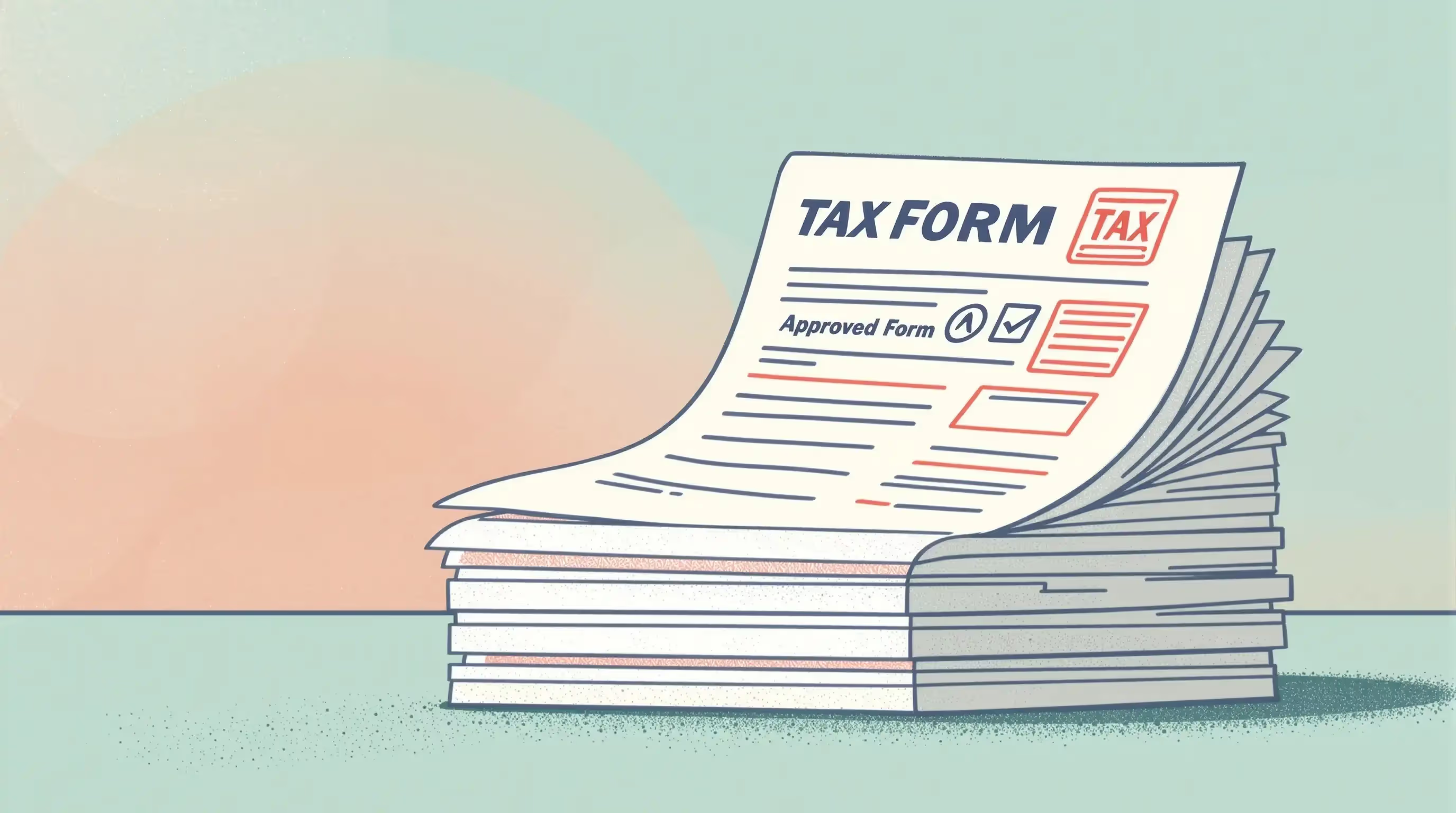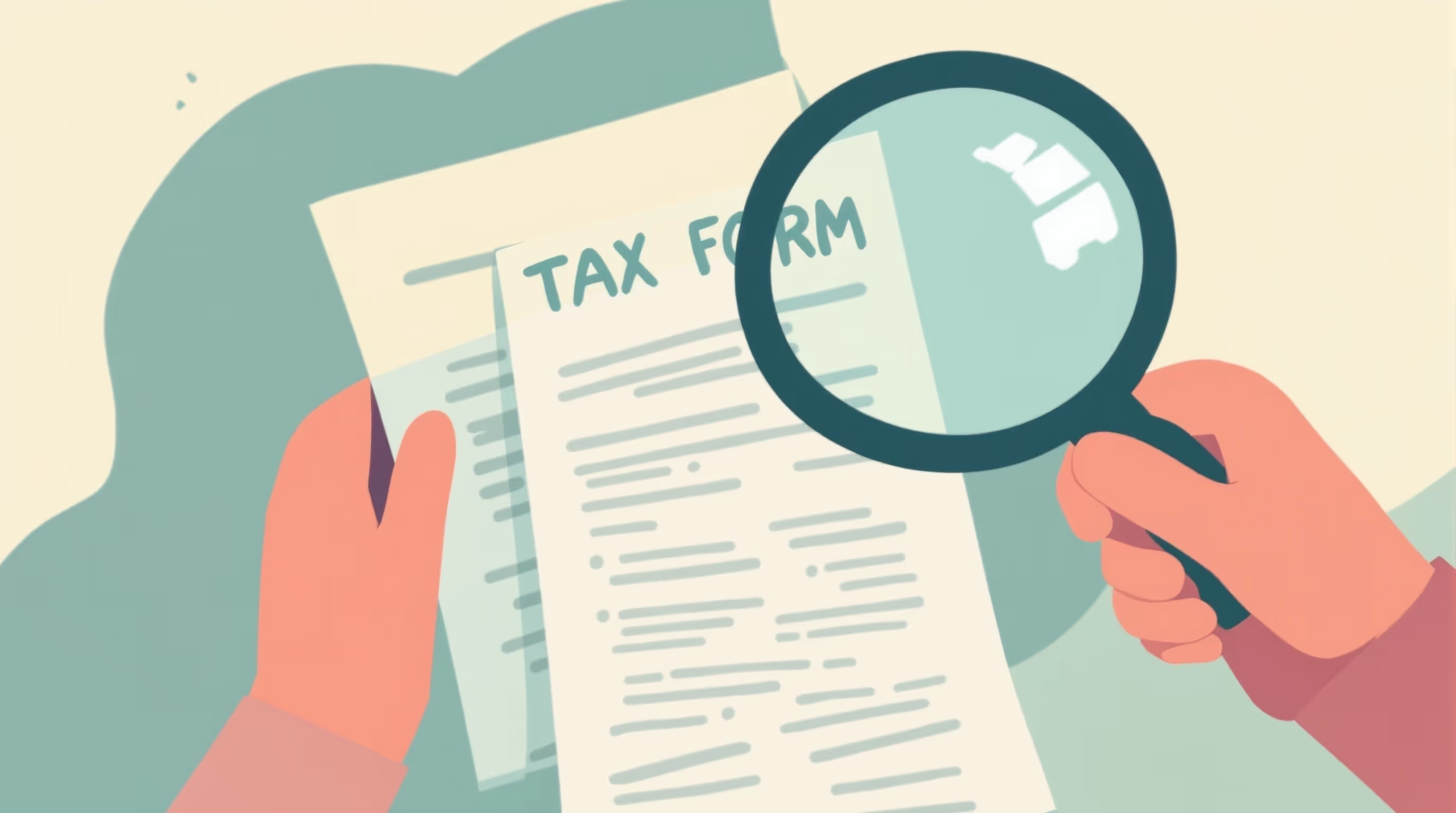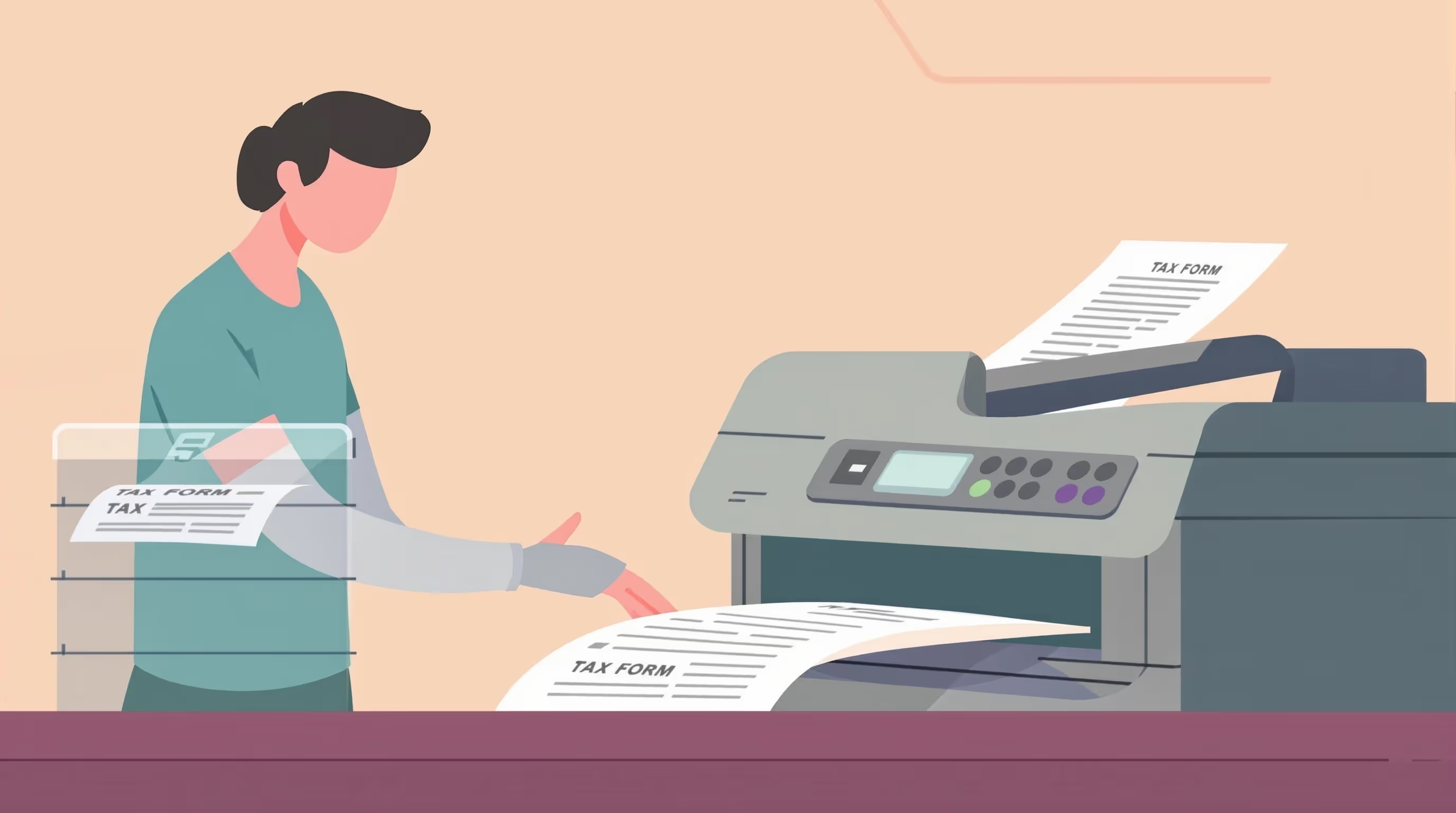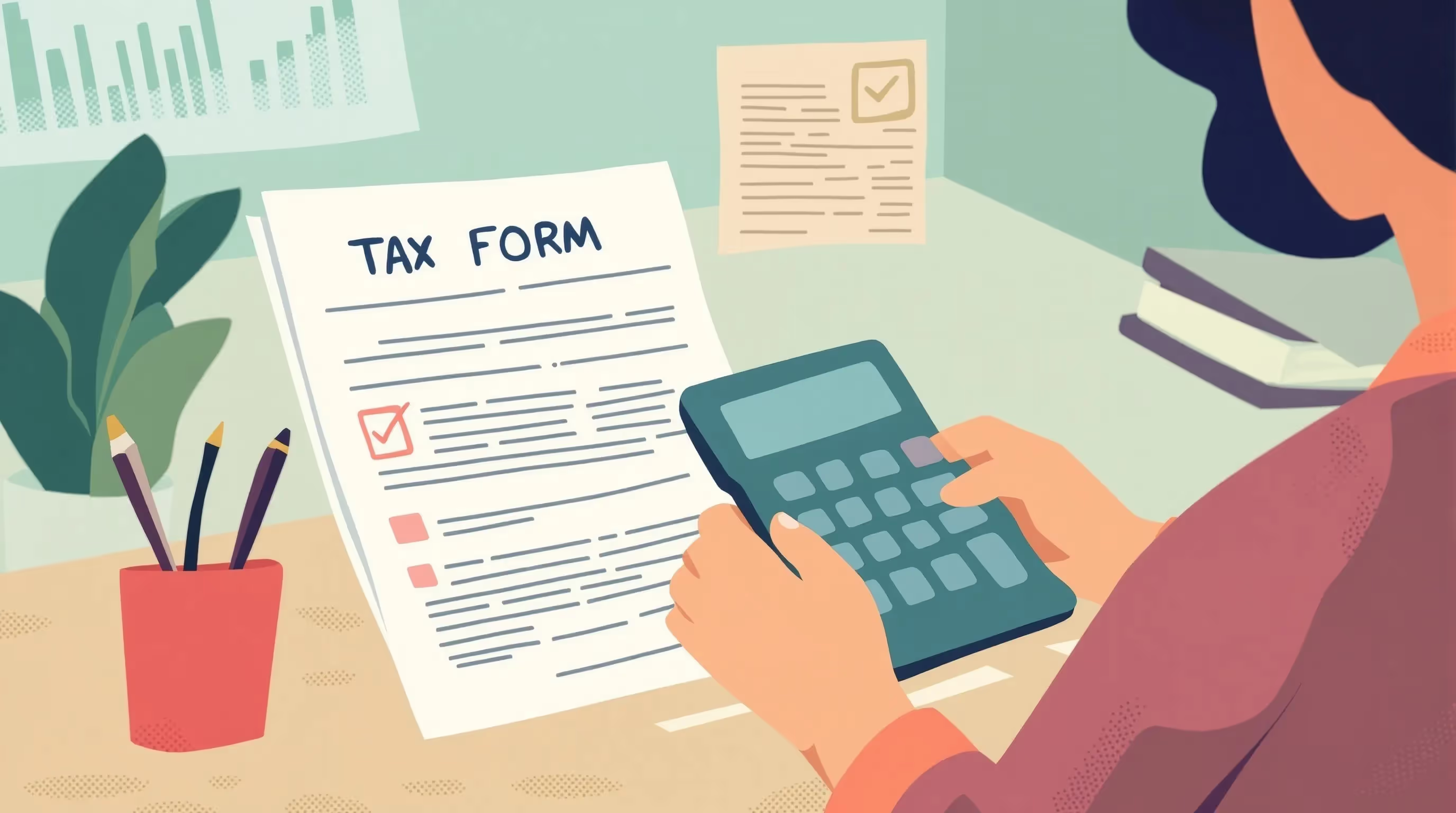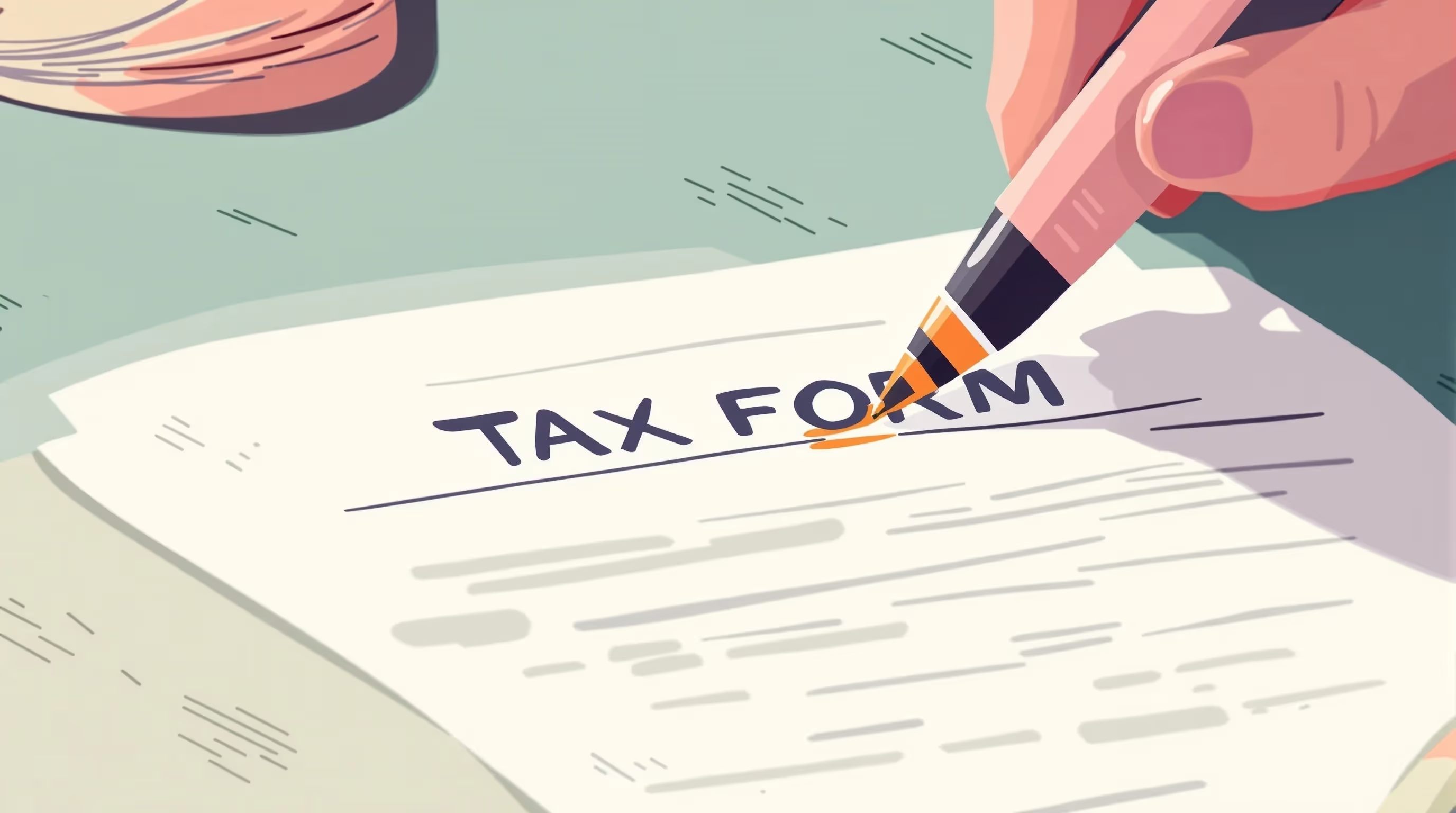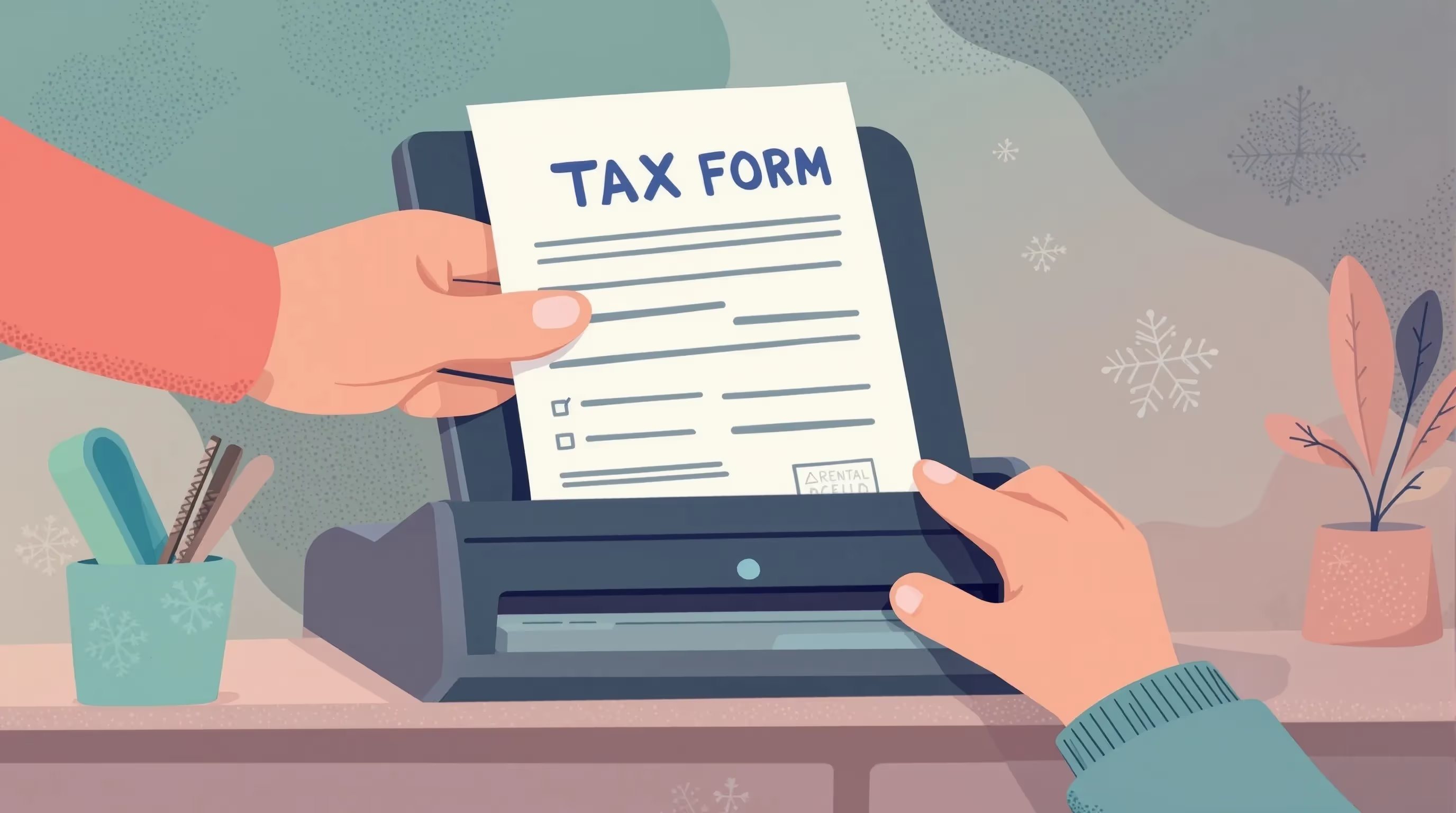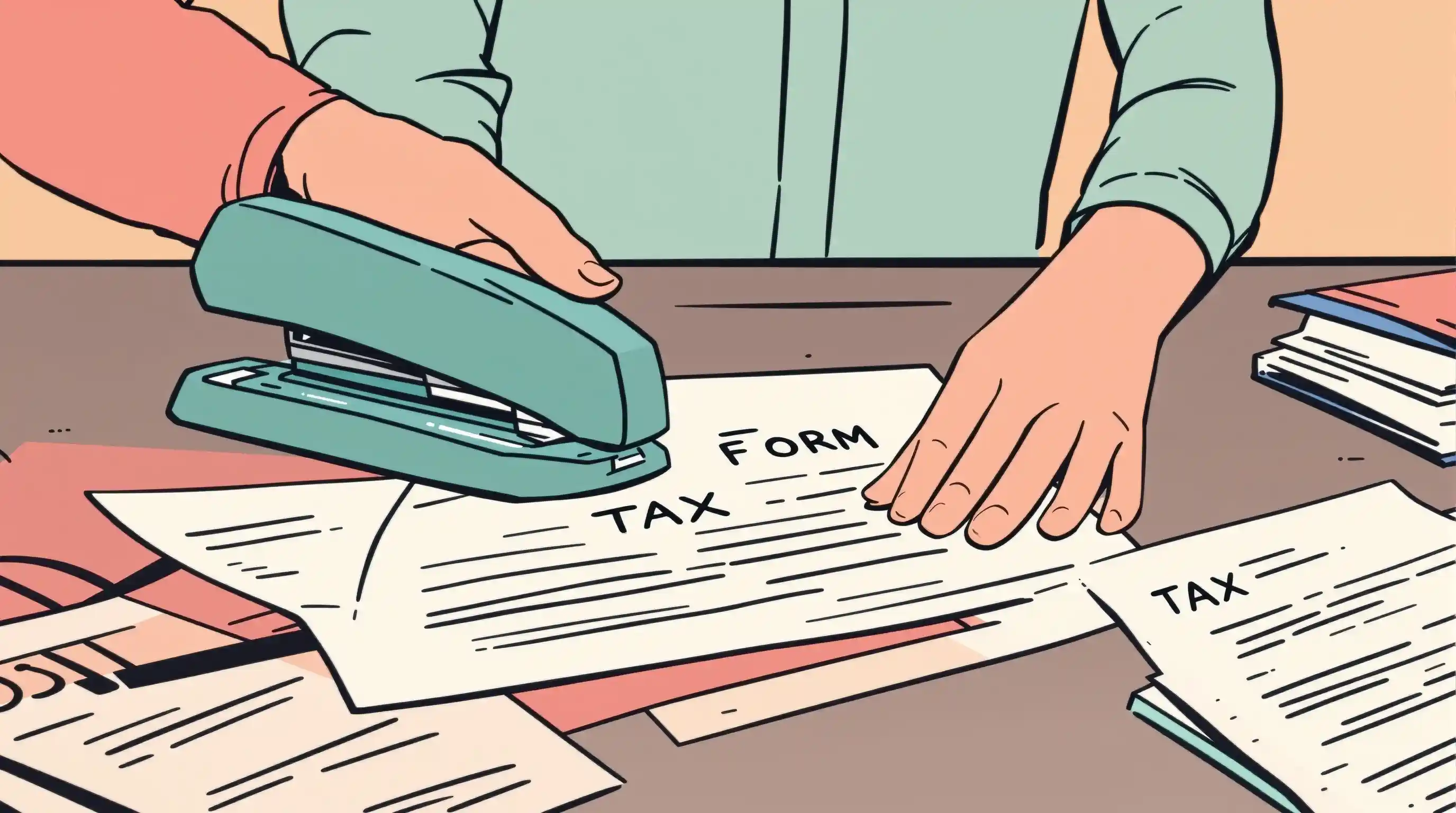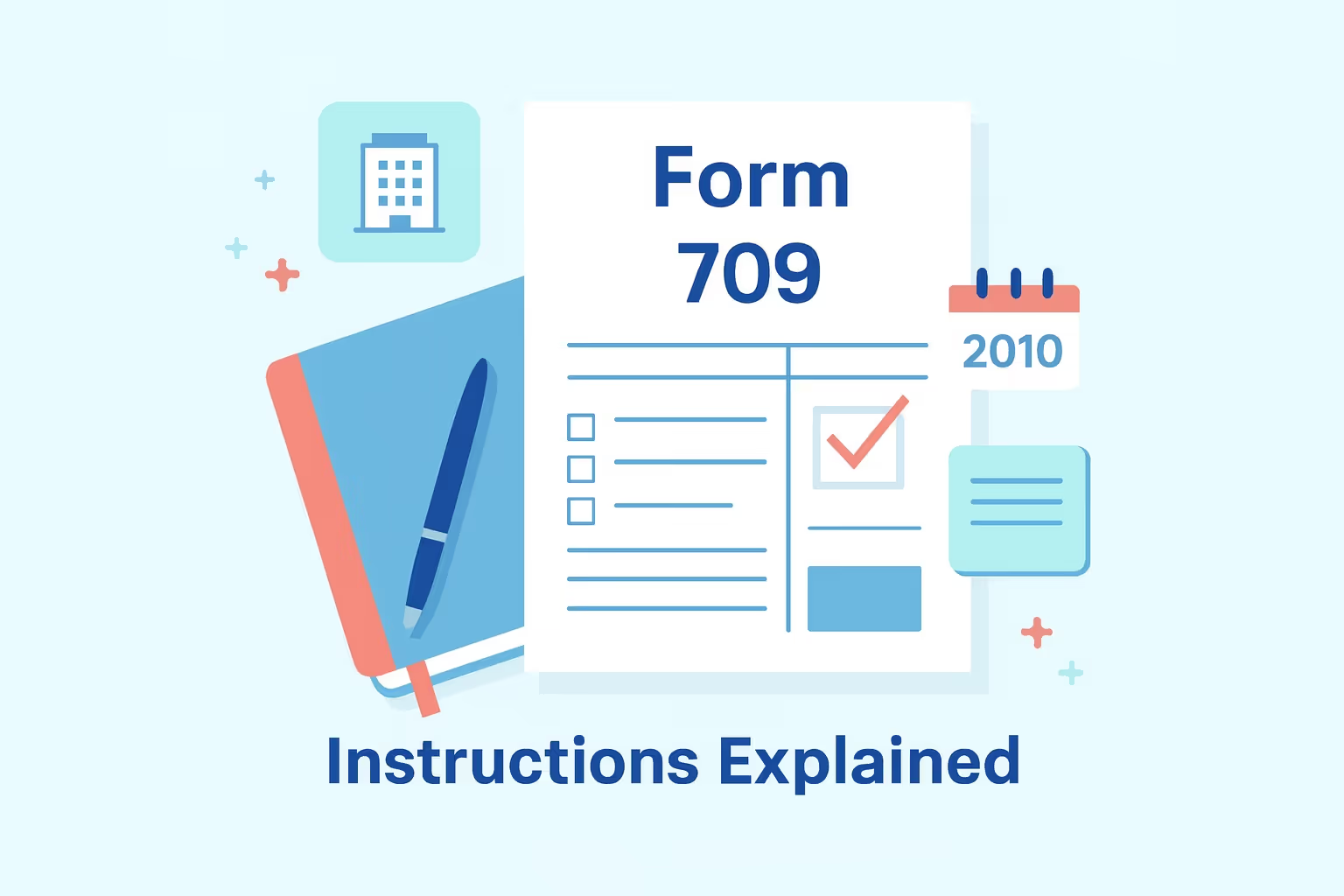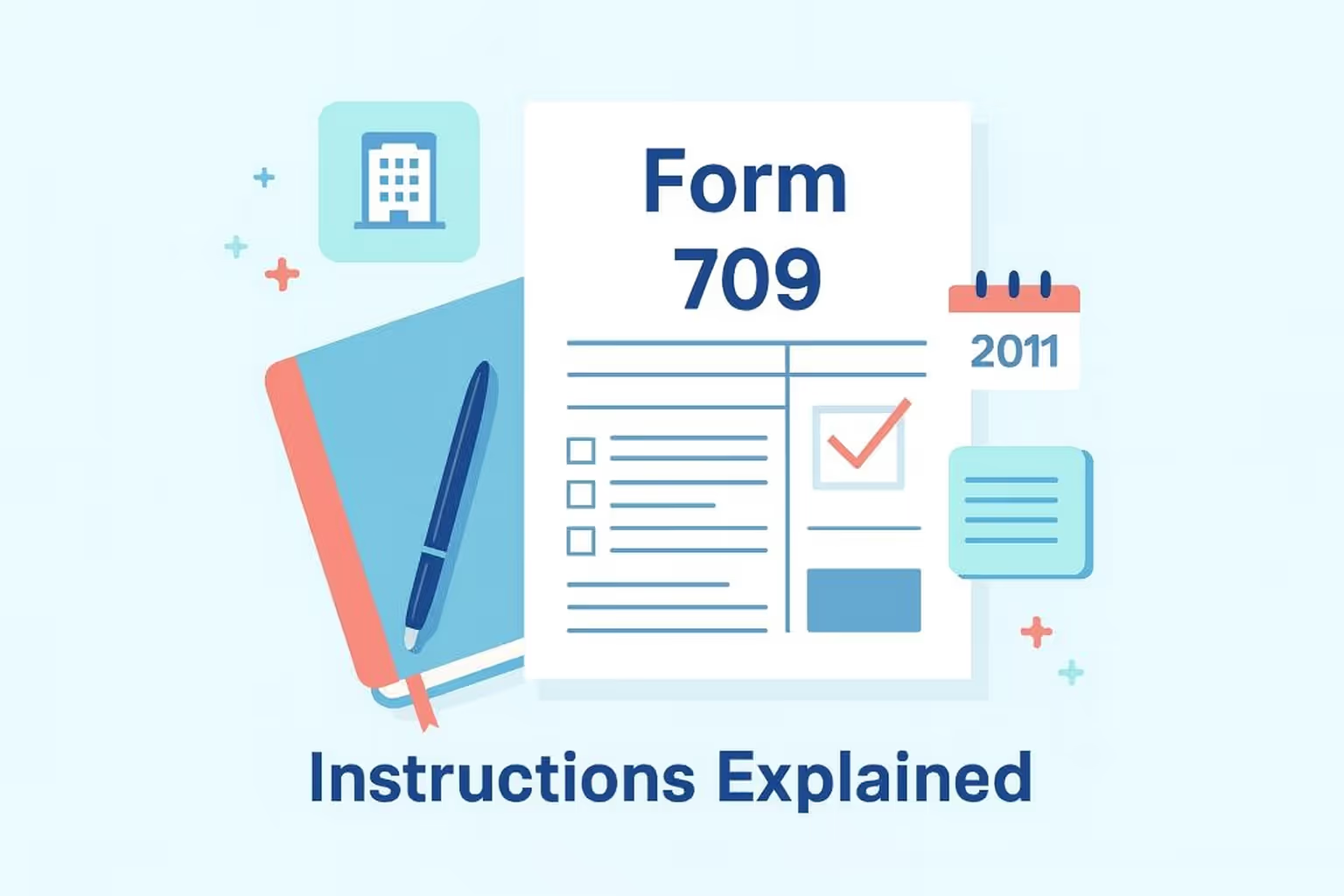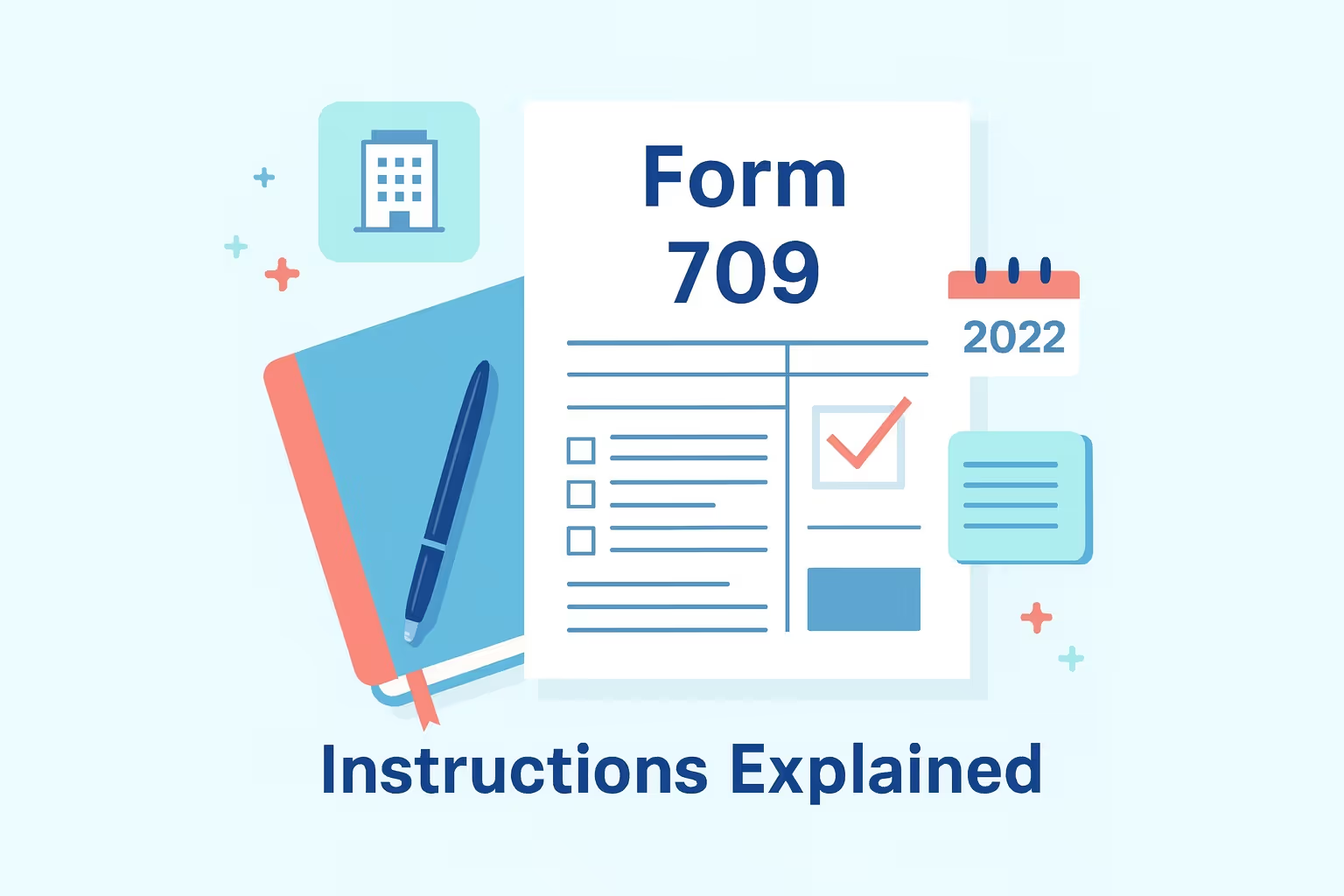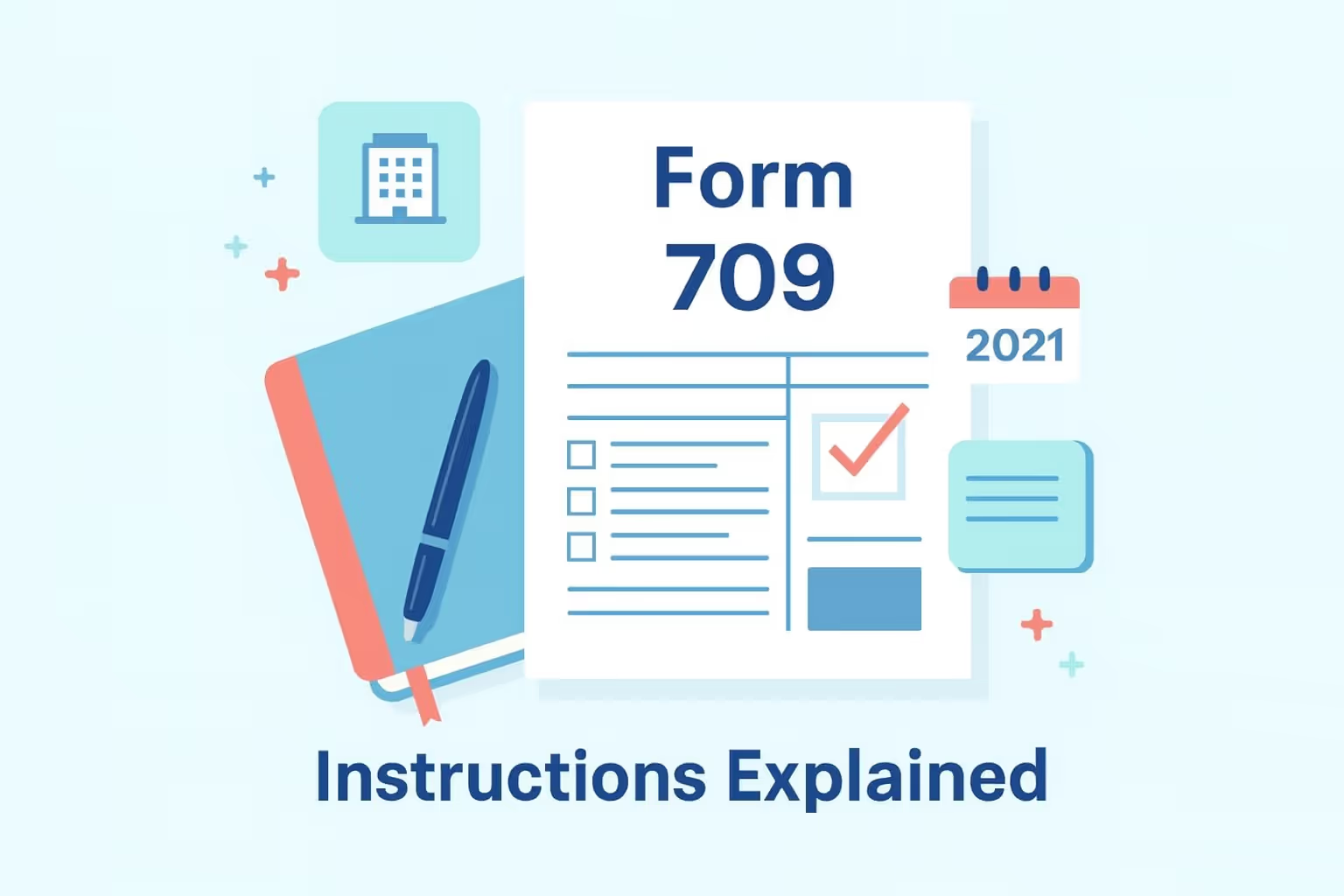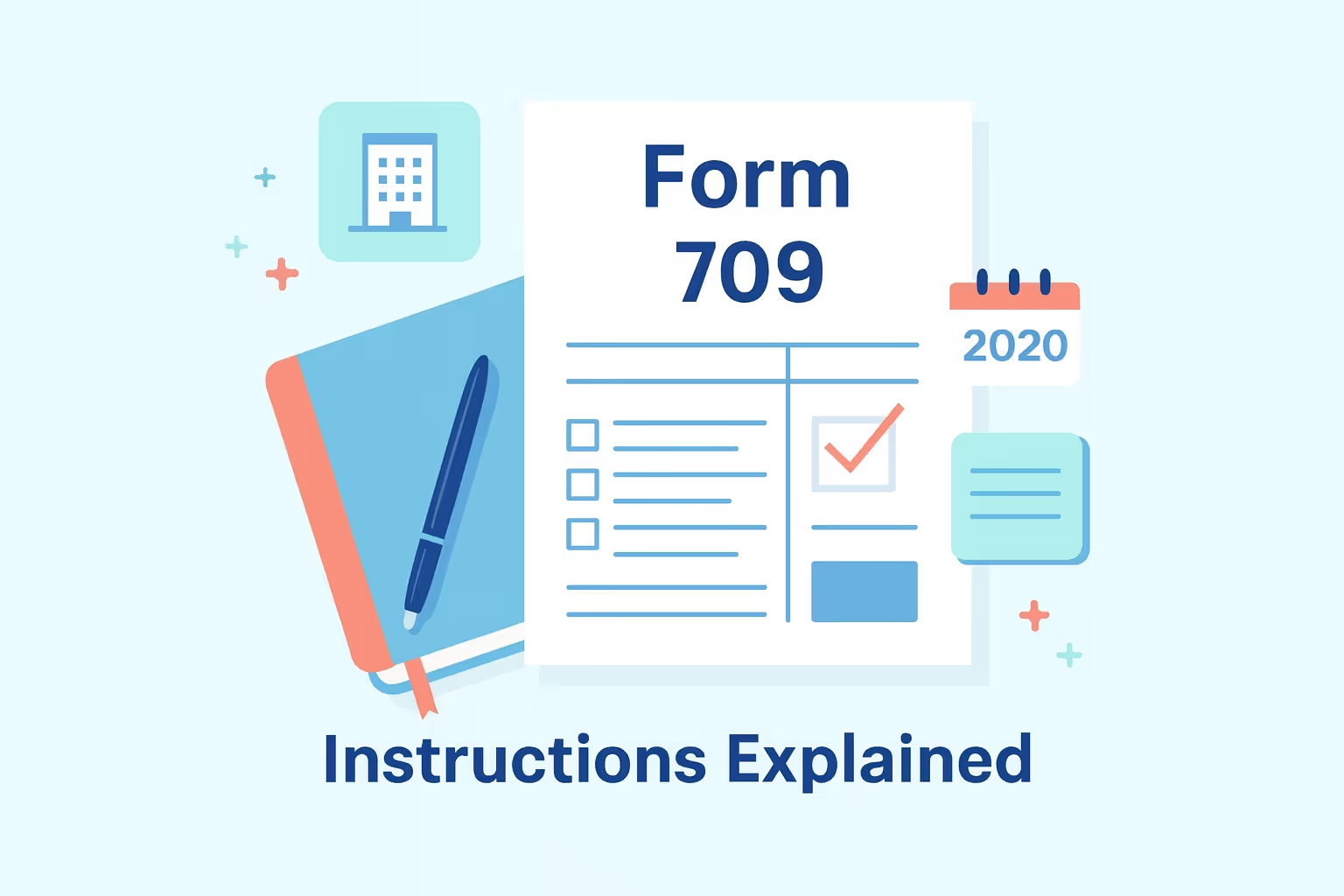
What IRS Form 706 (2025) Is For
IRS Form 706 (2025) is the United States Estate (and Generation-Skipping Transfer) Tax Return required to report and calculate estate taxes after a decedent’s death. The Internal Revenue Service requires this form when a decedent’s gross estate and adjusted taxable gifts exceed the federal estate tax exemption. The estate’s executor must file the form to ensure compliance with the Internal Revenue Code and to determine the total estate tax liability based on the fair market value of all assets.
When You’d Use Form 706 for 2025 (Late or Amended Filing)
You would file this estate tax return late or as an amended filing if you missed the nine-month filing deadline following the decedent’s death. Executors may also file late when correcting errors, updating asset valuations, or electing portability to transfer a deceased spouse’s unused exemption to a surviving spouse. A revenue procedure allows late portability elections within five years if an original return was not required due to the estate’s total value being under the filing threshold.
Key Rules or Details for 2025
- Filing threshold: Estates exceeding $13.99 million, including adjusted taxable gifts, must file Form 706 to determine estate tax owed.
- Federal estate tax exemption: For 2025, the exemption equals $13.99 million per individual, meaning only estates above this value must pay estate taxes.
- Automatic six-month extension: Executors can request additional time to file by submitting Form 4768 before the original due date, but interest may still accrue on unpaid taxes.
- Filing deadline: The return is due nine months after the decedent’s date of death, though payment extensions may be separately requested.
- Estate administration requirements: Executors must identify all assets, liabilities, and deductions to ensure accurate estate tax return filing.
- Fair market value reporting: Each asset must be listed at its fair market value on death, including securities, cash, and retirement accounts.
- Estate tax closing letter: After review, the IRS issues this document confirming the completion of processing, allowing the executor to finalize estate administration.
Browse more tax form instructions and filing guides in our Forms Hub.
Step-by-Step (High Level)
Step 1: Gather essential documents
Collect the decedent’s assets, liabilities, income records, and Social Security number. To ensure accuracy, include all bank accounts, insurance policies, and priors.
Step 2: Determine gross estate value
List all property, including real estate, securities, retirement accounts, and lifetime gifts. Calculate the fair market value to establish the total estate and confirm whether it exceeds the filing threshold.
Step 3: Complete the correct tax forms
Use the 2025 version of IRS Form 706 and the appropriate schedules. Ensure deductions, liabilities, and adjusted taxable gifts are reported accurately to determine the taxable estate.
Step 4: File and submit payment
Mail the completed form to the Internal Revenue Service along with payment for any estate taxes due. Use certified mail to verify the filing date and proof of payment.
Step 5: Retain all records and correspondence
Keep copies of the estate tax return, supporting schedules, and any estate tax closing letter issued by the IRS. These records are crucial for future reference and compliance.
Learn more about federal tax filing through our IRS Form Help Center.
Common Mistakes and How to Avoid Them
- Missing the filing deadline: File within nine months of death or request a six-month extension to avoid penalties and interest on unpaid estate taxes.
- Incorrect asset valuations: Hire qualified appraisers to determine fair market value and ensure accurate real estate, securities, and personal property reporting.
- Omitting adjusted taxable gifts: Include all lifetime gifts made by the decedent to calculate the taxable estate and available exemptions properly.
- Failing to elect portability: File Form 706 to elect portability within the allowed time frame to preserve the deceased spouse’s unused exemption for the surviving spouse.
- Incomplete deductions and liabilities: Review mortgages, debts, and administration expenses to reduce taxable value and ensure accurate filing under the Internal Revenue Code.
- Not obtaining a tax closing letter: Request the estate tax closing letter from the IRS to confirm that estate administration and review are complete.
Learn more about how to avoid business tax problems in our guide on How to File and Avoid Penalties.
What Happens After You File
After submission, the Internal Revenue Service generally takes six to twelve months to review the estate tax return. If additional information is required, the estate's executor will receive a notice requesting clarification or documentation. The estate tax closing letter confirms that the process is complete and allows the money to be given to the beneficiaries. Estates with outstanding balances must make timely payments to prevent further interest or penalties.
FAQs
What is the filing threshold for IRS Form 706 (2025)?
For 2025, estates with a total value exceeding $13.99 million must file an estate tax return. This includes adjusted taxable gifts and all assets measured at fair market value.
How are estate taxes calculated on the estate tax return?
Estate taxes are based on the decedent’s gross estate minus deductions and exemptions. The Internal Revenue Code requires the valuation of assets at fair market value, as determined by the decedent’s death.
When is the filing deadline for the 2025 estate tax return?
The filing deadline is nine months after the decedent’s death. Executors may request an automatic six-month extension by filing Form 4768 before the due date.
Can I elect portability for a deceased spouse’s unused exemption?
Surviving spouses can elect portability by filing Form 706 within fifteen months of the decedent’s date of death. This transfers the unused exemption for future estate tax planning.
What role does fair market value play in estate administration?
Fair market value determines the taxable estate. Accurate asset valuations ensure compliance and proper federal estate tax calculation under Internal Revenue Service requirements.
How do I obtain an estate tax closing letter from the IRS?
After processing, the IRS issues the estate tax closing letter confirming completion. Executors can request it through the IRS website by providing the decedent’s name and Social Security number.
What if nonresident aliens are subject to United States estate taxes?
Nonresident aliens must file Form 706-NA if their U.S. property exceeds the exemption limit. They are subject to estate tax on U.S.-based assets only, valued at fair market value.
For more resources on filing or understanding prior-year IRS forms, visit our guide on Estate and Gift Tax Reporting






